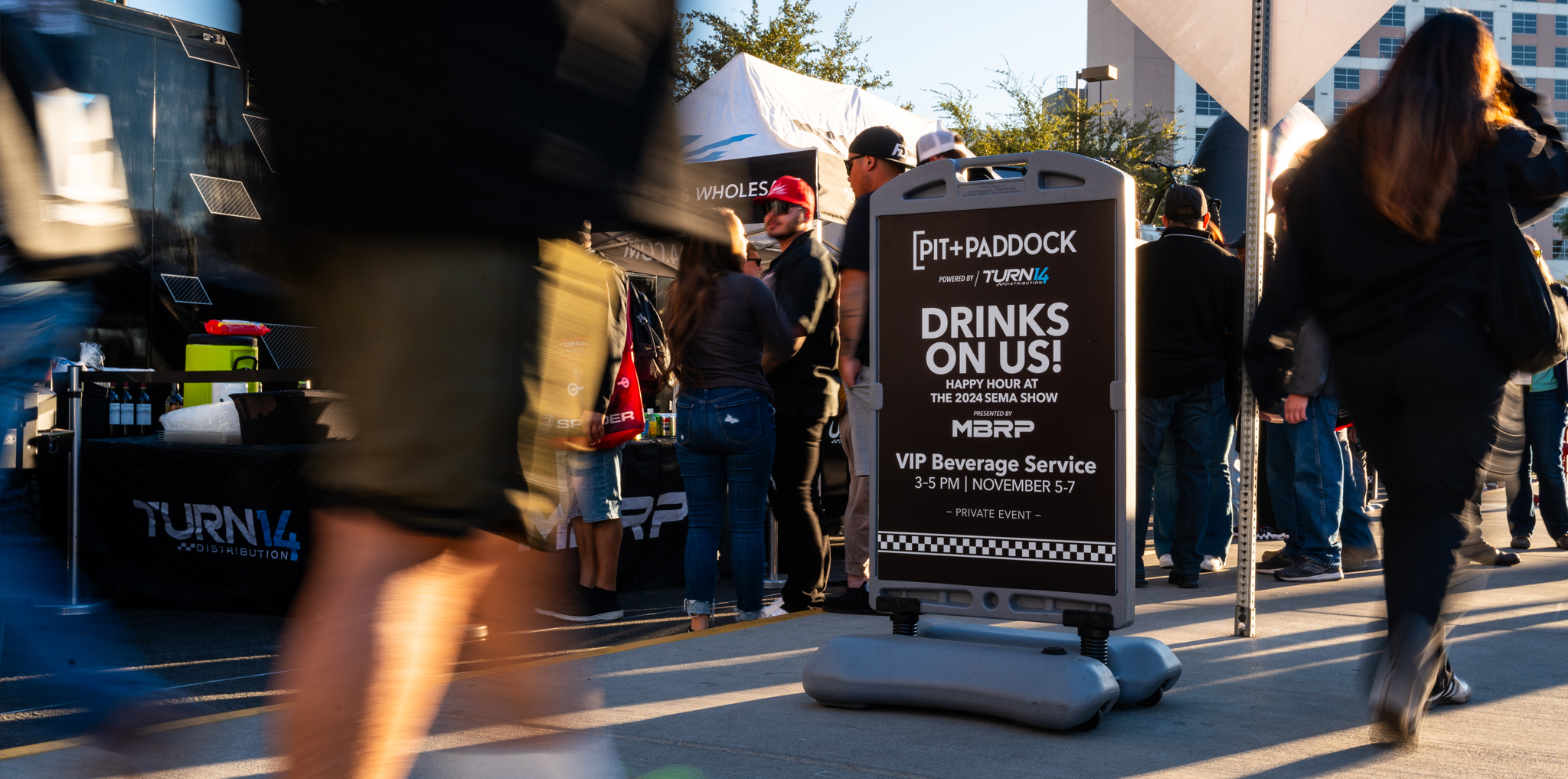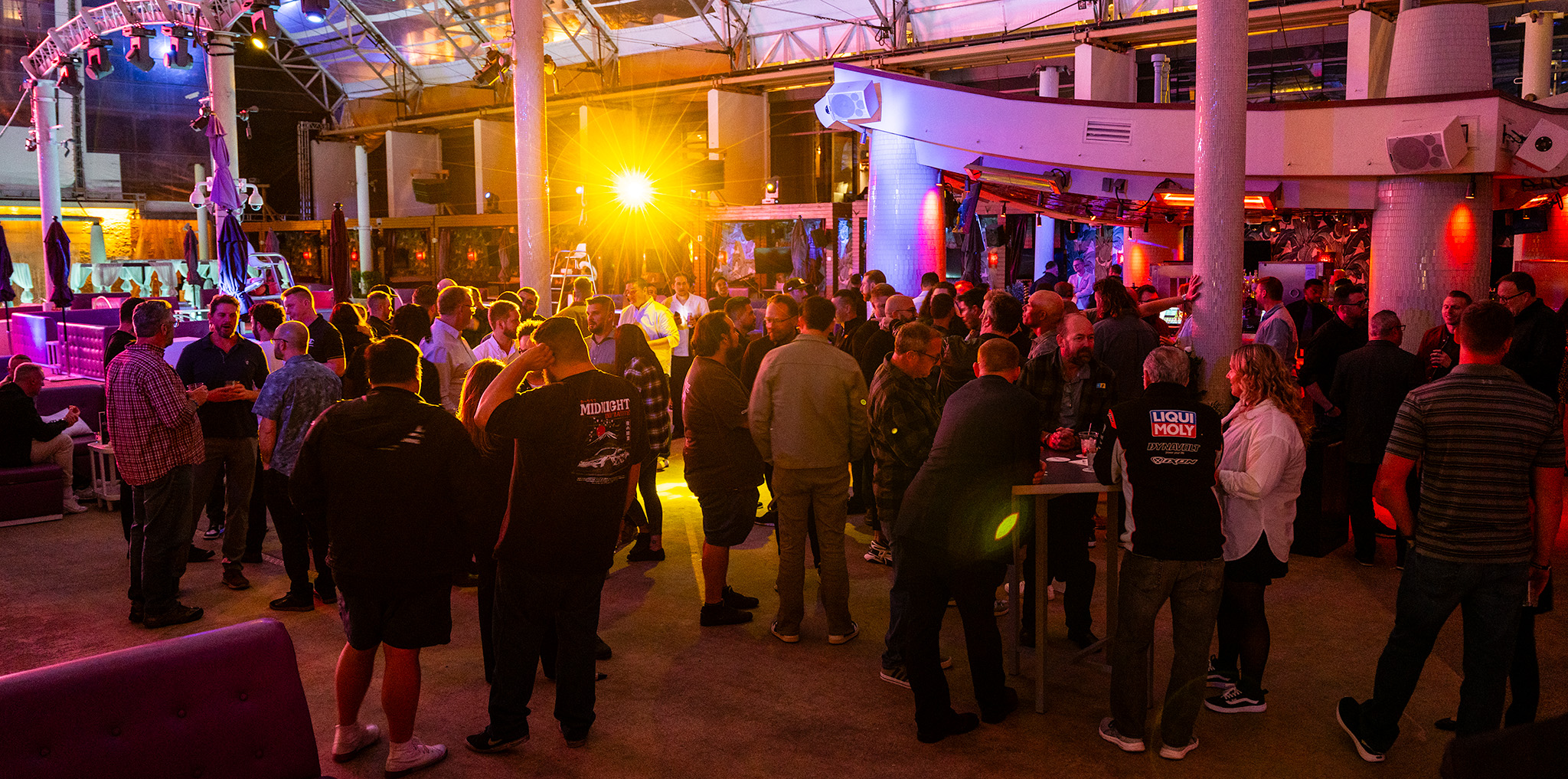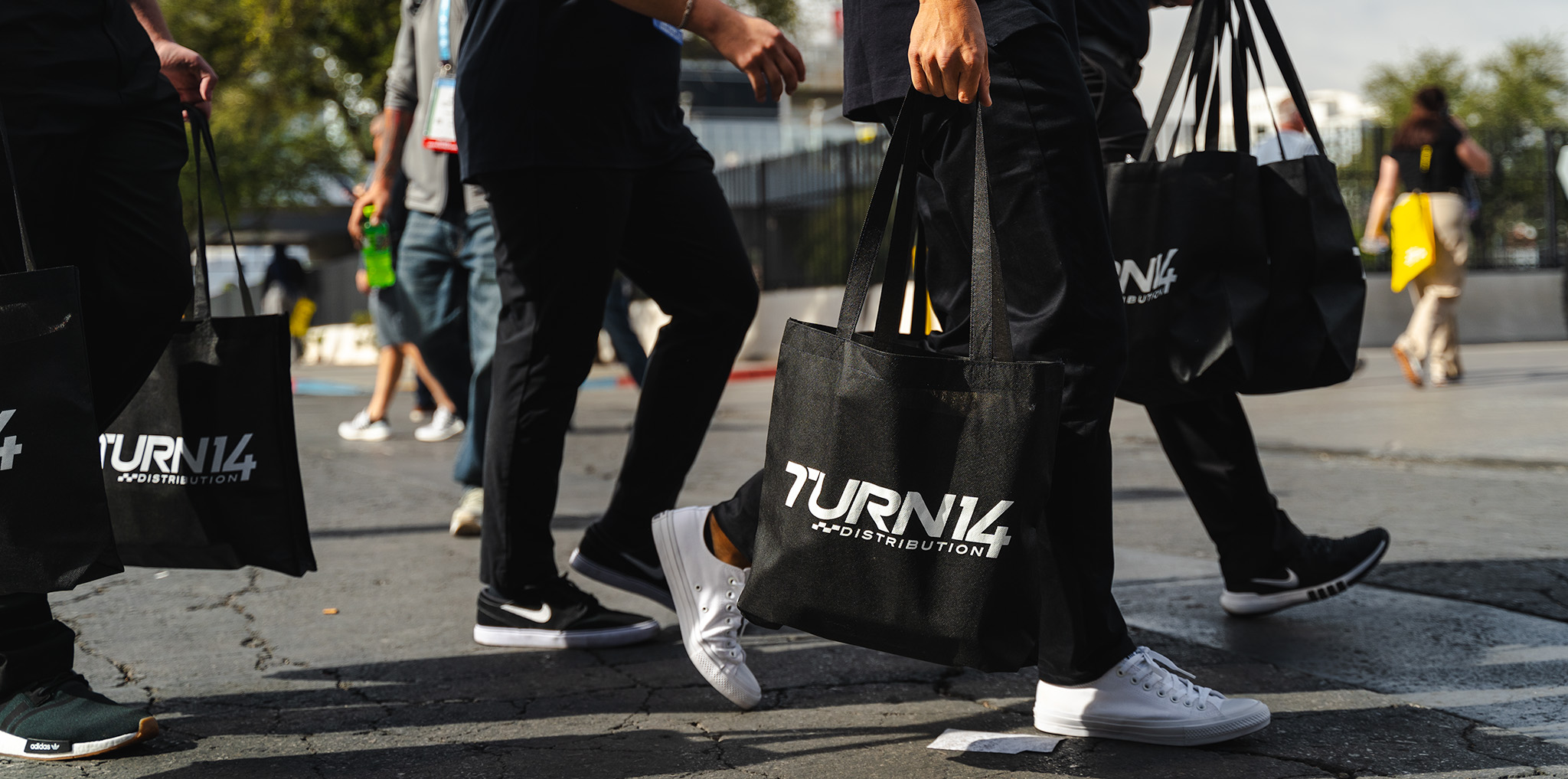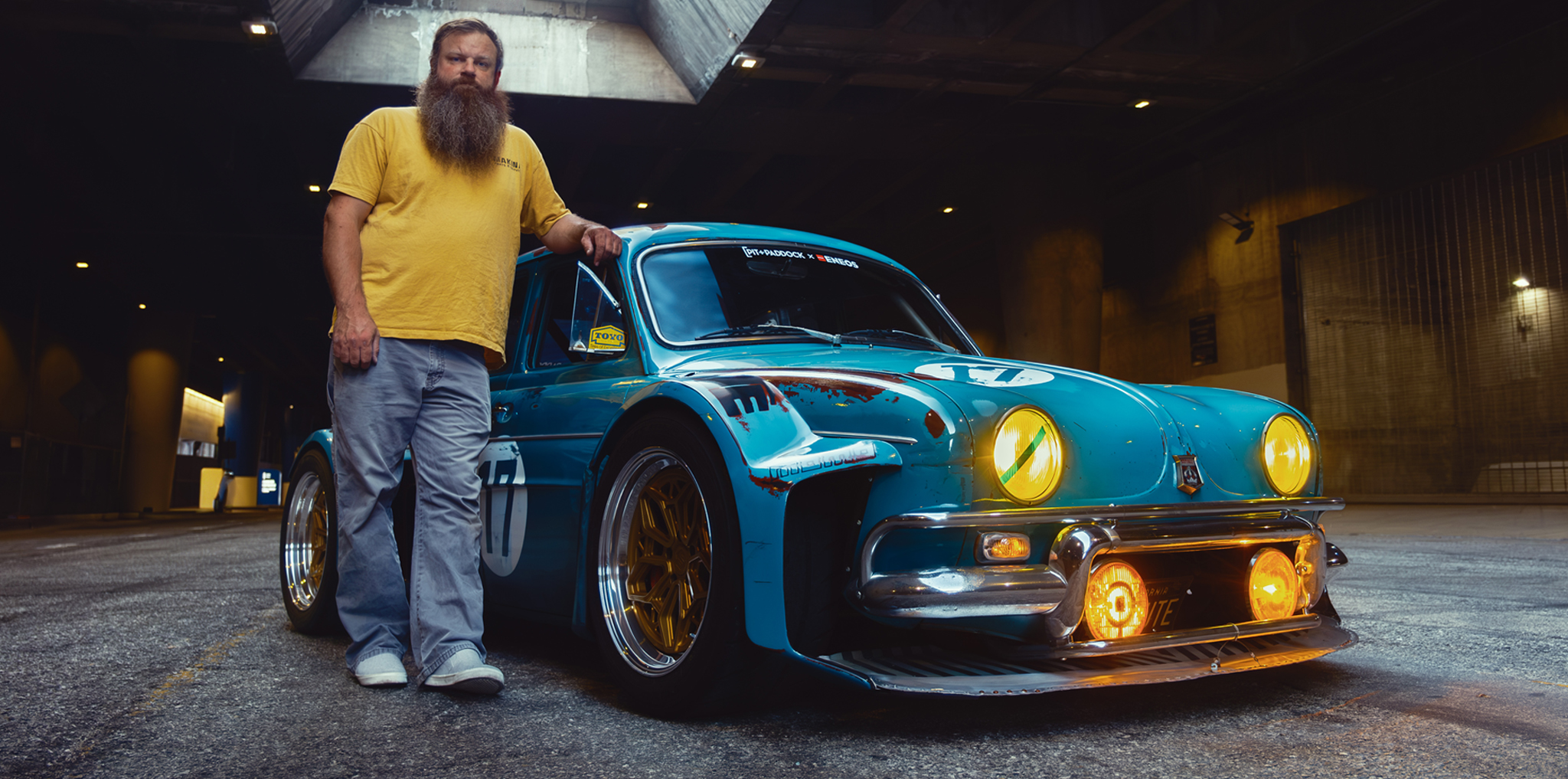- Robbie Durant is a driving fanatic who set himself on a mission to build the ultimate AE86 Corolla.
- His approach to the build has been dictated by his time in the automotive industry, as well as his friends’ motorsport experience.
- Built as a capable platform ready to undertake a variety of motorsport disciplines, Robbie heavily updated his AE86 to take on whatever he throws at it.
- It’s a prime example of why taking your time and playing the long game is often the best way forward.
Whether you know it as a Levin, Trueno, Apex, SR5, or even a ‘hachi-roku,’ there’s no denying that the AE86-generation Toyota Corolla is a legendary car. I challenge you to name a car with as good a reputation as the AE86 across grassroots motorsport, street racing, rallying, street drifting, and professional drifting.
It’s a simple recipe: take a lightweight coupé or hatchback with rear-wheel drive and a rev-happy twin-cam engine and you’ve got a fantastic base; especially as so many AE86s came with limited-slip differentials from the factory. Not only that, but they’re easy to work on and parts have been readily available for decades.
As you can expect after 42 years of service, however, the limits of the AE86’s potential have been discovered. If you want one that can really make the most of today’s tuning technology, you’re going to have to make some pretty substantial changes under the skin. That’s exactly what Robbie Durant has done with his European-model Corolla, leading to some incredible results.
AN ATYPICAL BUILD
Robbie’s Corolla is certainly not a motorsport-inspired road car. He made it a point to mention that he wanted “to build a car that was different, interesting, simple to run, fun to drive, and one which could compete in various forms of motorsport if needed.” What did he mean by “different?” Well if you ask someone in the UK to name a lightweight, rear-wheel drive coupé with motorsport pedigree and a load of aftermarket support…you’ll probably hear “Ford Escort” or “BMW E30.” AE86s were never that popular in the UK—not compared to their British or German rivals—making one perfect for Robbie’s goal. He just didn’t want to end up going down the same path as so many before him.
However, the Corolla you see here is not the car that he set out to build in the first place. “I had a road going, relatively standard AE86 and that was going to be my basis for the new car build,” Robbie recalls. He had a garage full of parts ready and waiting for the build including the new engine, gearbox, and ECU amongst others. Surely, he’d have his car ready in no time. A single message would change the course of the build. Robbie was sent an ad for an AE86 shell that was too good to pass up. You could say that’s when things started to get out of hand.
THAT ESCALATED QUICKLY
What was so special about this new shell? For starters, the 40-year-old front and rear architecture was long gone, replaced by Nissan S14 pickup points tied into a full roll cage. Even the strut towers were triangulated into the cage for extra rigidity, and the shell was seam-welded. Within the roll cage are a pair of ATEC bucket seats with wraparound headrests, whilst Robbie and one lucky (or terrified) passenger are held in place by Schroth six-point harnesses. A flocked dashboard keeps glare down, modeled on an OEM piece. Not only that but it was a ready rolling shell with Silvia subframes and suspension components throughout, upgraded brakes, and a mix of new OEM and perspex windows, lights, and new body panels. All that was left to do was to get it transported from Poland to the UK and to get to work. Whilst technically ready to be assembled, Robbie knew he would never have been satisfied without some real effort in his quest for perfection.
Öhlins DFV coilover suspension at all four corners, paired with AE86 top mounts, was adapted for the perfect ride height. Braid Motorsport Maxlight wheels were mounted to S13 Silvia wheel hubs on S14 knuckles. Steering is aided by Mercedes A-Class hydro-electric power steering on an S14 Silvia rack. At the rear of the car, you’ll find a Kaaz two-way LSD in an S14 differential housing, whilst the bushes throughout the car have been upgraded to polyurethane.
DETAILS, DETAILS, DETAILS
Don’t think this is a blank-cheque shop build, given in, then collected as a turn-key track machine. You see, Robbie isn’t your typical amateur-enthusiast builder. He isn’t the type to rely on YouTube clips and Facebook groups for guidance on building a car. His day job is designing and building wiring harnesses for the supercar and motorsport industries. He also refuses to take full credit for the build; his friends Nick and Swampy (who helped him along) aren’t your typical amateur-enthusiast builders either. Collectively, they have years of F1, Rallycross, Formula E, Touring car, Rally, and Endurance engineering experience. The three of them did the vast majority of the work on the build, outsourcing only minor fabrication, mapping, and paint.
That’s why you’ll see ridiculous attention to detail throughout the car, like Robbie’s bespoke wiring harness using lightweight motorsport wire with an engine bay solution the likes of which I’ve never seen on a personal project. There’s no ‘engine loom’ per se. Instead, the engine bay electronics run individual cables to a cassette on the bulkhead, meaning one single connection to the car’s harness. A full suite of Motec equipment controls the AE86 including the ECU, PDM, and digital display. Other bespoke touches? Custom 3D-printed parts all over the car, such as the steering wheel switch panel and lower bumper grilles. Not to mention the numerous 3D-printed brackets, housings, and clips inside the car. Even the seat rails have been built into the chassis itself, allowing Robbie to sit as low and far back in the car as possible with a custom steering column solution to go with it.
DOESN’T SOUND LIKE A TOYOTA
Robbie’s Corolla is a real screamer, and it pulls hard to 9000rpm thanks to the Honda S2000 F20C under the hood. And whilst it’s a relatively simple engine build it’s devastatingly effective. Robbie has worked to increase responsiveness with a set of Jenvey throttle bodies and a lightened flywheel sitting between the engine and the Honda 6-speed gearbox. The F20C is flanked by tubbed inner-arches to allow for maximum lock-to-lock clearance with no rubbing. A bespoke exhaust system mated to the S2000 exhaust manifold sounds awesome, giving Robbie’s Corolla some serious bark to go with its bite. Stainless steel tubing with V-band clamps to allow for an easy swap between side-exit and rear-exit volume levels.
USED AS INTENDED
More impressive than the work that’s gone into it, is that the entire build was a reason for three friends to hang out and do something fun in their spare time. Not only that, but most builds with such an incredible level of fit and finish will rarely see the road let alone a track these days. This is very much not the case here.
I had the pleasure of hearing Robbie’s Corolla before seeing it at a track day a mutual friend of ours had organized, and I can tell you it makes one hell of a noise. I can also tell you that Robbie isn’t afraid to grab it by the scruff of the neck and go full-send around a circuit. Hot off the heels of Toyota’s latest GR Corolla launch, it’s nice to know that the enthusiasm for the car has been an integral part of its namesake since the very beginning.


















































